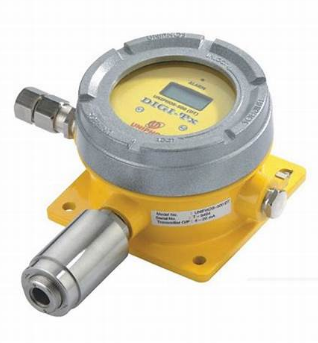
APZEM air quality ammonia monitor is a sophisticated device designed to continuously measure and report the concentration of ammonia in the air, ensuring a safe and compliant working environment in various industrial settings. Ammonia is a common pollutant that can have harmful effects on human health, including respiratory issues and eye irritation, as well as detrimental impacts on the environment.
The air quality ammonia monitor operates by drawing in air samples and analyzing them using advanced sensor technologies. These sensors typically employ methods such as electrochemical detection, photoacoustic spectroscopy, or laser absorption to accurately detect and quantify ammonia levels in real-time. The data collected is then processed and displayed, providing instant readings and alerts if ammonia concentrations exceed safe thresholds.
One of the key features of an ammonia monitor is its ability to provide continuous, real-time monitoring. This allows for immediate detection of ammonia leaks or emissions, enabling swift corrective actions to prevent exposure and mitigate risks. Many modern ammonia monitors are also equipped with data logging capabilities and can be integrated with broader environmental monitoring systems, offering comprehensive air quality management solutions.
Sensor Type: Electrochemical
Supply voltage: 24vdc
Output: 4-20mA
Operating temperature: -20 to +50 deg C
Detection range: based on customer needs